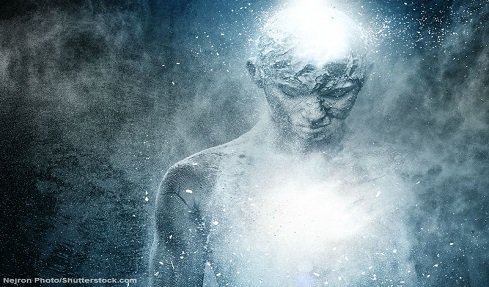The cessation of suffering means having eliminated all the defilements. It is like the reemergence of blue sky after the clouds have been blown away by the wind. Similarly, when negative karma and defilements have been purified and uprooted by renunciation, bodhicitta and realization of emptiness, Buddha nature (Tathagatagarbha) will naturally arise. This is the Noble Truth of the Cessation of Suffering, the ultimate effect of practicing the Dharma.
Then, does it mean that actualization of Tathagatagarbha is the sole purpose for us to practice the Dharma? No, of course not. The ultimate goal of Mahayana practice is to attain enlightenment in order to benefit sentient beings more effectively and completely.
~ Depicted from THE RIGHT VIEW : The Four Noble Truths











